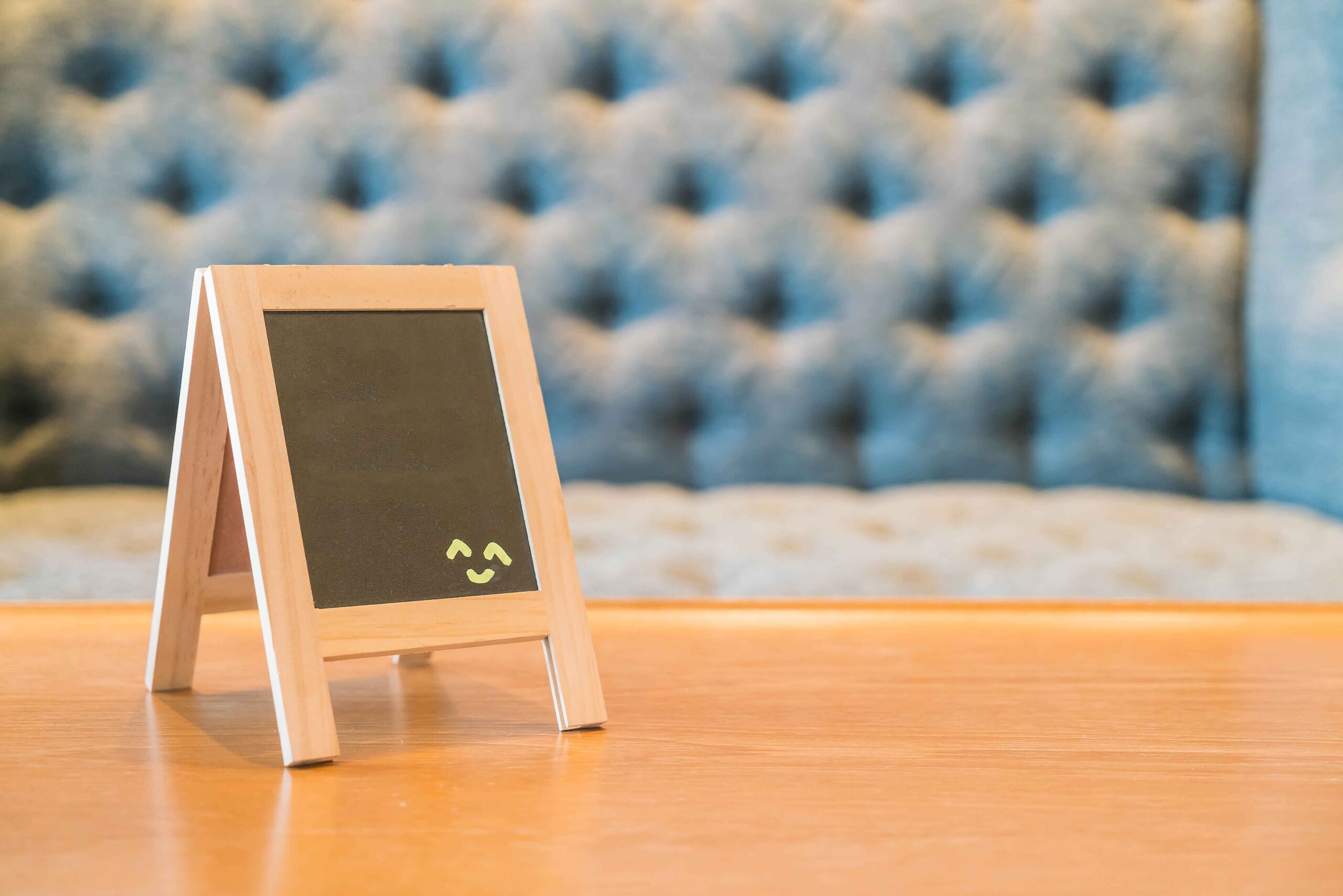The 21st century is so digital in every aspect, yet there is still a place for print and physical signs. The right apartment signage can be extremely beneficial to every community. Apartment use signs, which we pass by every day, are far more than just decoration or filler; they serve as essential communication tools in both residential and commercial properties. Whether you’re a property manager, resident, or guest, these signs guide, inform, and help create a smooth visiting experience.
Why Apartment Signs Still Matter in a Digital World?
In an age where everything from leasing to maintenance requests can be done online, you might wonder—do we still need physical signs? The answer is a big YES. While digital solutions are amazing, apartment use signs provide immediate, clear, and visual guidance that can’t be replaced by an app. Whether it’s a “No Smoking” plaque, a “For Rent” banner, or a simple building number, signage offers direction when you need it most—especially for visitors or new residents.
Defining “Reasonable” Apartment Use Signs
So what qualifies as reasonable? A reasonable apartment use sign is one that is visible, legible, appropriately placed, and informative without being excessive. Apartment signs are not just decorative, they are helpful as well. Imagine for a moment a vivid sign made of durable material hung in proper lighting. These signs are supposed to serve a purpose, and not just fill a wall. Signs like “Fire Exit,” “Quiet Hours: 10 PM–7 AM,” “Visitor Parking Only,” or “This Way” all fall into this category.
Navigating Residential Spaces With Smart Signage
In residential properties, signs make daily living smoother and safer. Door numbers help guests find their way. Directional signs reduce confusion. Safety signs around shared amenities like pools and gyms prevent accidents. And yes, even pet waste reminders help keep the community clean. When well-designed, these signs enhance comfort and promote community etiquette without feeling intrusive.
Imagine a leasing agent asking a prospective renter to “meet at Building 4, Unit 210,” but there are no visible building numbers or unit signs. That’s a frustrating experience for anyone—and a poor first impression. And so is the experience when you get into a bus, and the seats are not numbered, and you can’t find your seat. Very frustrating, right!
Commercial Properties Need Clear Signs Too
In busy buildings, signs speak louder than either staff or loudspeakers. In commercial apartments or mixed-use buildings, signage becomes even more vital. These spaces often see higher foot traffic from non-residents—maintenance teams, delivery drivers, visitors, or vendors. Clear signage can direct people efficiently, reducing confusion and the need for constant assistance from staff. For example, lobby directories, elevator labels, and emergency exit maps are all vital signs that improve functionality and safety in commercial environments.
The Legal Side of Apartment Signage
There are also legal implications tied to apartment signs. Building codes often require specific signage for safety, accessibility, and compliance. ADA-compliant signs (those that accommodate visually impaired residents) are mandatory in many locations. Exit signs, fire extinguisher indicators, and elevator usage warnings are just a few examples where missing signage could result in penalties.
How Signs Support Property Branding and Communication
Apartment signs aren’t just for utility or directions—they’re also a clever strategy for your property’s branding. High-quality, custom signs can reflect the character of a community, from luxury condos to eco-friendly apartment villages. In multifamily builds, signs that carry a consistent design and color scheme help unify the look of the property and reinforce the developer’s identity.
You can even integrate QR codes or short URLs on leasing banners to direct potential renters to virtual tours or calls. That’s how the physical signage leads to digital engagement.
Temporary and Seasonal Signs
Think beyond permanent plaques and metal signs. Temporary and seasonal signs can boost tenant engagement and community spirit. Whether it’s “Happy Holidays from Management,” “Pool Closed for Cleaning,” or “BBQ Night – Join Us!”, short-term signs bring character to the space. They also give residents a sense of safety by making the places easy to navigate, whether it’s common areas or specific apartments.
Stats Speak: Why Signage Should Be a Priority
Articles claim that 60% of businesses reported that changing the design or improving the visibility of their signs had a positive impact on visitor traffic and sales. The same principle applies to apartments. Good signage boosts navigation, creates safer environments, and strengthens resident satisfaction.
Final Thoughts
At the end of the day, apartment use signs are a low-cost, high-impact way to improve communication (communication is key), safety, and efficiency in any residential or commercial property. From guiding new tenants to ensuring code compliance, the right signage does it all—without saying a word. So if you’re managing a property or just looking to make your building more functional, start with your signs. They’re quiet heroes in a busy world.





